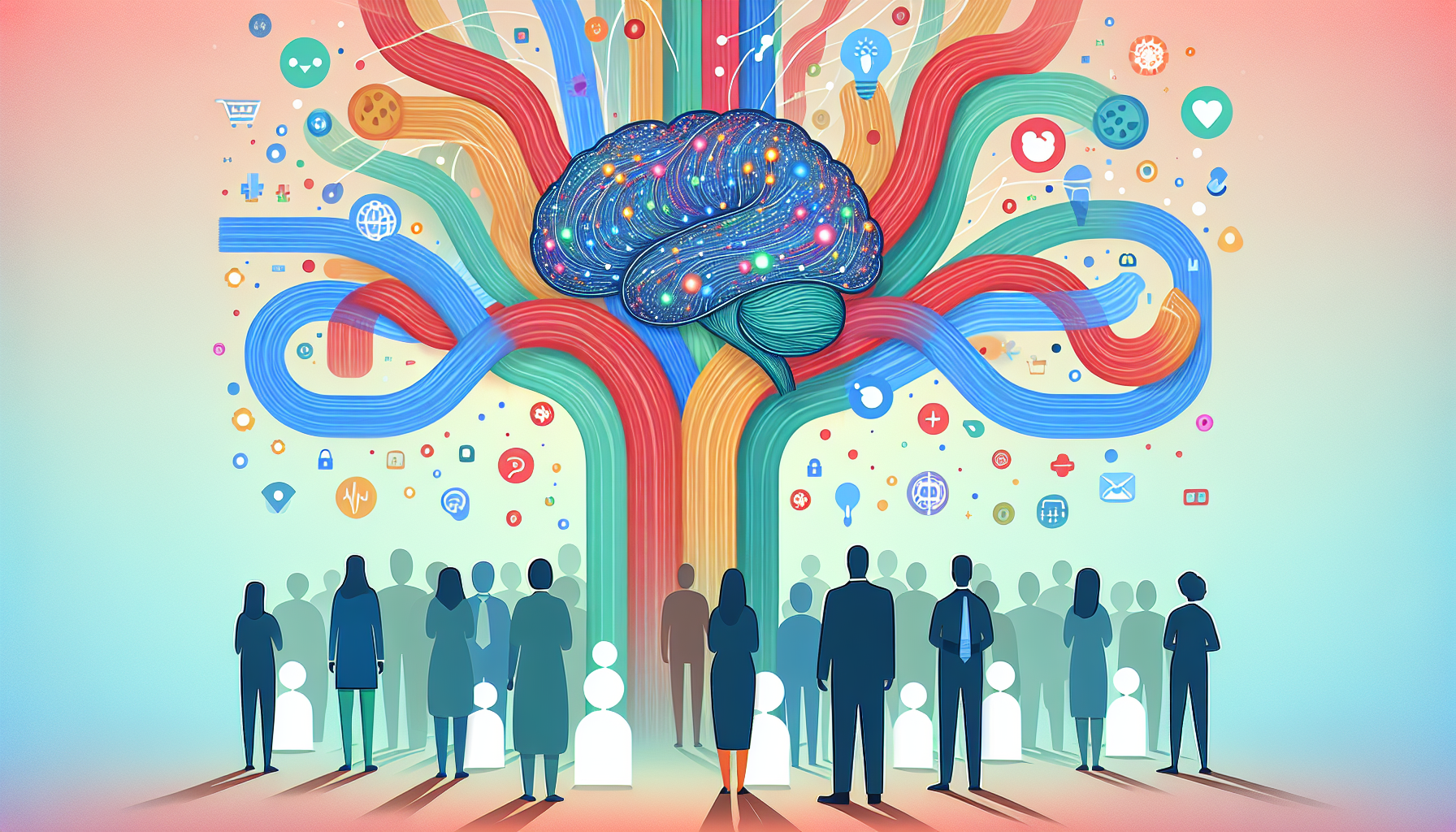Can I Take Zepbound a Day Early?
Key TakeawaysZepbound is a once-weekly injectable medication for weight management and obstructive sleep apnea (OSA) linked to obesity.Taking Zepbound a day early is [...]
Read More
Medically reviewed by Abhijit Bhattacharyya | MD, PhD, MBA, Tufts University School of Medicine - Miami, Florida on November 27th, 2024.
In recent years, medical research has undergone a major transformation thanks to the "big data" revolution. But what exactly is big data, and how is it changing the way scientists study and treat diseases? In this article, we'll break down the basics of big data in medical research and explain how it's helping to advance our understanding of human health.
In the past, most medical research involved simple ideas that could be tested through simple experiments. A classic example is Linus Pauling's discovery of the cause of sickle cell disease in the 1940s. By comparing the globin protein from people with and without the disease, Pauling was able to identify a defect that caused the protein and red blood cells to become misshapen, leading to painful and dangerous symptoms.
However, by the 1970s, scientists realized that most diseases involve the complex interaction of many different molecules inside our cells, including proteins and nucleic acids. To truly understand what goes wrong in these diseases, researchers would need to analyze thousands of molecules at once - a feat that seemed impossible at the time.

Fortunately, advances in technology over the past few decades have made it possible to simultaneously analyze thousands of molecules in a single experiment. This generates vast amounts of data - the "big data" of modern medical research - that requires sophisticated mathematical techniques to interpret.
To handle this flood of information, a new field called computational medicine has emerged. Computational medicine uses advanced algorithms and statistical methods to make sense of the complex data generated by biomedical experiments. Major research institutions like Harvard Medical School have created entire departments dedicated to developing these techniques and training the next generation of computational medicine experts.
Perhaps the most exciting aspect of the big data revolution is that it allows scientists to study diseases in a more unbiased way. In the past, researchers had to rely on educated guesses about which molecules might be involved in a particular condition. Now, by comparing tissue samples from healthy people and those with a disease, scientists can let the data speak for itself and identify the key differences without any preconceived notions.
This data-driven approach is already yielding new insights into a wide range of diseases, from cancer to autism to heart disease. As computational medicine techniques continue to advance, we can expect even more breakthroughs in our understanding of human biology and disease in the years to come.
Big data is transforming the landscape of medical research, enabling scientists to analyze thousands of molecules at once and identify the root causes of complex diseases. Through the power of computational medicine, we are unlocking new insights into human health and paving the way for more effective treatments and cures. While the era of simple experiments may be over, the future of data-driven discovery is just beginning.
Key TakeawaysZepbound is a once-weekly injectable medication for weight management and obstructive sleep apnea (OSA) linked to obesity.Taking Zepbound a day early is [...]
Read MoreKey TakeawaysZepbound is an FDA-approved medication for chronic weight management in adults with obesity or overweight, and for moderate to severe obstructive sleep apnea [...]
Read MoreKey TakeawaysZepbound is a once-weekly injectable medication that supports weight loss by activating hormone pathways regulating appetite and digestion.After the first dose, [...]
Read More